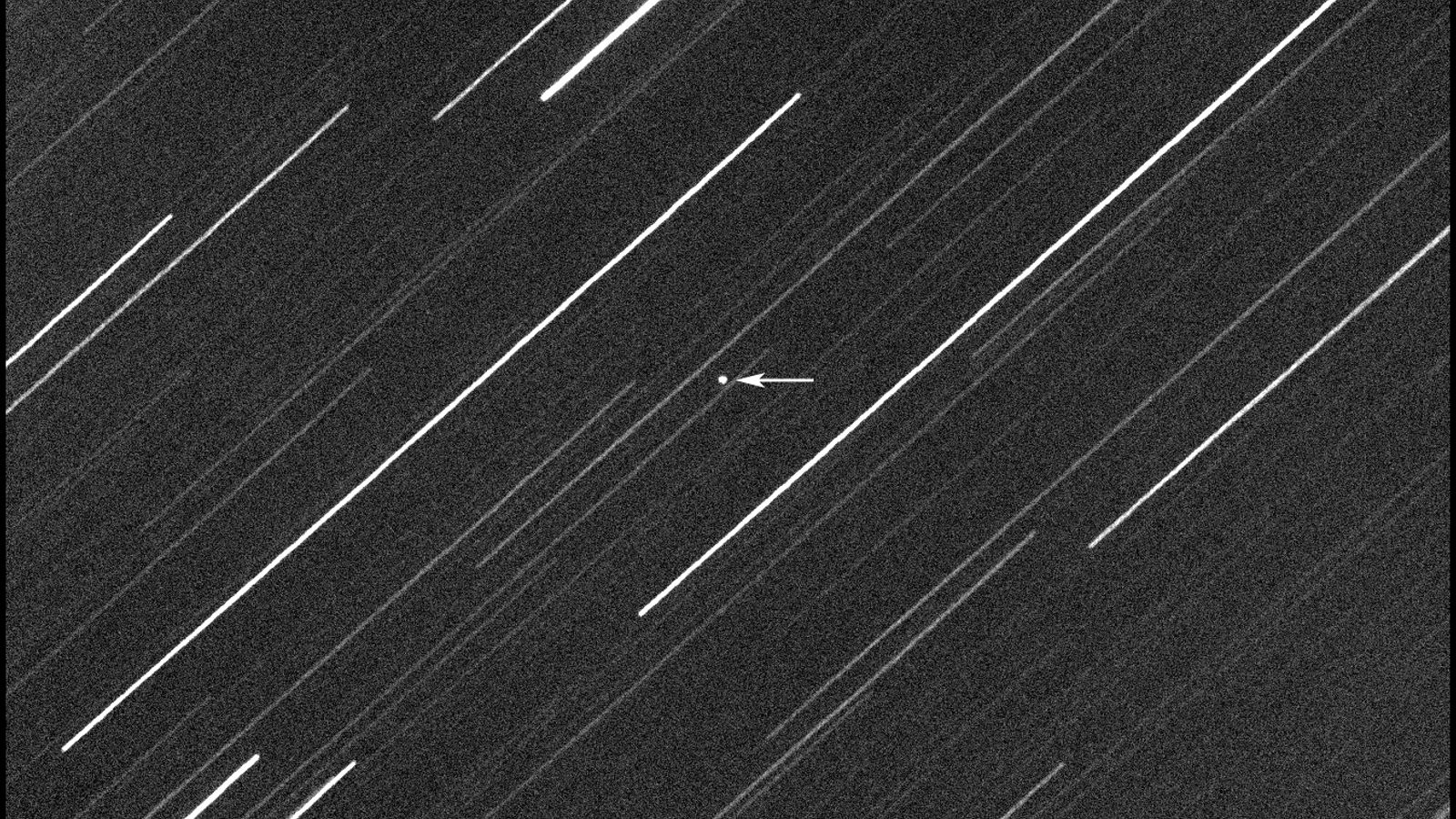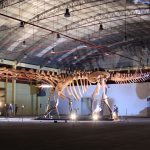An asteroid the size of an elephant has passed by Earth in one of the closest encounters ever recorded.
The space rock, named 2023 BU, was projected to zoom over the southern tip of South America at about 12.29am on Friday, only 2,200 miles (3,540km) above the Earth’s surface.
This makes it the fourth closest passing by an asteroid over Earth ever recorded.
By comparison, some satellites orbit at an altitude of more than 21,000 miles.
NASA insisted before it passed the the planet that the rock had no chance of hitting Earth – and even if it came too close, scientists said most of it would burn up in the atmosphere.
The asteroid was estimated to be 11.5ft to 28ft across.
Its size was reckoned to be equivalent to an elephant or a minibus.
Robotic telescopes captured image of asteroid
While any asteroid in Earth’s proximity will experience a change in trajectory due to the planet’s gravity, 2023 BU came so close that its path around the Sun is expected to have been significantly altered.
The Virtual Telescope Project, a powerful set of real, robotic telescopes, which are remotely accessible online, captured it passing at a distance of 37,000km (23,000 miles).
The image was captured by the project’s “Elena” robotic unit.
The project said in a post on its website: “Imaging it was not easy because the sky was cloudy for most of the time, so we had to delay our live feed many times.
“But we were lucky: at some point the sky improved and, while it was far from being decent, we could spot and track this rock, sharing the experience in real-time with a very huge international audience.
“We could track it before clouds came back: at that point, 2023 BU was at about 28,500km from the Earth’s centre, about 22,000 km above Earth’s surface.”
Read more science and technology news:
Scientists solve mystery behind 17th-century warship wreck found off Sussex coast
Baby deaths mystery from 1930s solved
Donald Trump allowed back on Facebook and Instagram after two-year ban
Same asteroid has ‘passed Earth thousands of times’
Professor Don Pollacco, from the department of physics at the University of Warwick, said before the space rock flew past: “There are still asteroids that cross the Earth’s orbit waiting to be discovered. 2023 BU is a recently discovered object supposedly the size of a small bus which must have passed by the Earth thousands of times before.
“This time it passes by only 2,200 miles from the Earth – just 10% of the distance to the moon – a celestial near-miss.
“Depending on what 2023 BU is composed of it is unlikely to ever reach the Earth’s surface but instead burn up in the atmosphere as a brilliant fireball – brighter than a full moon.
“However, there are likely many asteroids out there that remain undiscovered that could penetrate the atmosphere and hit the surface – indeed many scientists think we could be due such an event.”
The asteroid was discovered by amateur astronomer Gennadiy Borisov, from his Margo observatory in Nauchnyi, Crimea, on 21 January.
Nasa’s scout impact hazard assessment system analysed the data and predicted the near-miss.






















